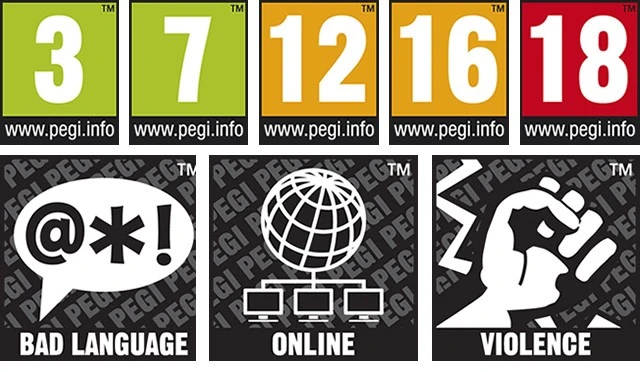| Key Point | Action | Benefit |
|---|---|---|
| Understand Game Ratings | Educate yourself on the PEGI/ESRB ratings to choose age-appropriate games. | Ensures children are exposed to suitable content. |
| Set Gaming Limits | Agree on daily or weekly screen time limits for gaming. | Balances gaming with other healthy activities. |
| Online Interaction Monitoring | Monitor who your children are interacting with online. | Protects against cyberbullying and online predators. |
| Privacy Settings | Adjust privacy settings on gaming devices to limit sharing of personal information. | Keeps personal data secure and reduces identity theft risks. |
| In-Game Purchases | Set up parental controls to manage or disable in-game purchases. | Prevents unexpected expenses and teaches financial responsibility. |
| Encourage Positive Play | Promote games that encourage creativity, learning, and teamwork. | Supports developmental skills and social learning. |
| Discuss Online Etiquette | Have conversations about respectful online communication. | Fosters a respectful online community and reduces negative interactions. |
| Physical Activity | Encourage regular breaks for physical activity during gaming sessions. | Promotes physical health and reduces sedentary behavior. |
| Safe Gaming Spaces | Create a safe physical space for gaming within shared family areas. | Allows for supervision and family interaction. |
| Use Parental Control Software | Utilize software like Safe Lagoon for additional monitoring and control. | Provides comprehensive tools for managing and monitoring gaming habits. |
Got a gamer at home? You’re not alone.
Reports tell us that a big chunk of young gamers have consoles in their bedrooms.
Gaming isn’t just a pastime—it’s a digital dimension where our kids level up in fun and learning.
But with great power-ups come great responsibility.
This guide helps navigate this pixelated playground with a mix of savvy and security.
Power-Up with Parental Controls
Let’s face it, the joystick is in their hands, but you’ve got the master controls.
Harness the power of Safe Lagoon’s parental monitoring to guide your mini-gamers.
Ratings Are Your Best Sidekick
Before they press ‘start’, check if the game’s a friend or foe.
PEGI ratings are your trusty ally in this quest. They’re like the secret code to unlock safe gaming levels.
Chat Safely, Play Wisely
The digital realm is their oyster, but not all pearls are real.
Teach them to chat with care. No sharing of the secret base (aka personal info).
Got it? Good.
Rule Book: The Game Master’s Edition
Lay down the law of the land.
No midnight gaming marathons—sleep’s the new cool. And homework?
It’s the quest before the play. Balance is key, and screen time management is your spell of equilibrium.
The Coin Conundrum: In-Game Buys
Don’t let in-app purchases become the boss battle.
Set spending shields high with Safe Lagoon. No surprise attacks on your credit score!
Quests Beyond the Screen
Encourage them to venture beyond pixels.
Real-world play strengthens bonds and brains.
So, monitor their gaming and then unplug and explore. Parks over pixels, friends!
The Digital Sleep Potion
Screens at bedtime? Cast them away!
The blue light’s like a caffeine potion for their eyes.
Nighttime is for dreams, not streams.
Crafting Your Family’s Game Plan
It’s a co-op game, and you’re in it together.
Sketch out a family game plan.
Which realms (games) are on the map? How long is each quest (playtime)? When do they holster their devices?
Make it fun, make it stick.
Bonus Level: Real Talk
Sometimes, they need a power-up from real-life heroes—that’s you.
Chat about the game world. Share your wisdom.
It’s like unlocking the ultimate skill tree for life.
The Loot: Healthy Digital Citizens
In the end, it’s about raising savvy digital citizens.
They’ll game, they’ll gain skills, and with Safe Lagoon, they’ll glide through the gaming universe – safe, sound, and smart.
A gaming kid is a happy kid, but a safe gaming kid? That’s a parent’s high score.
Keep the dialogue open, the controls tight, and the adventures rolling.
Game on, safely!





